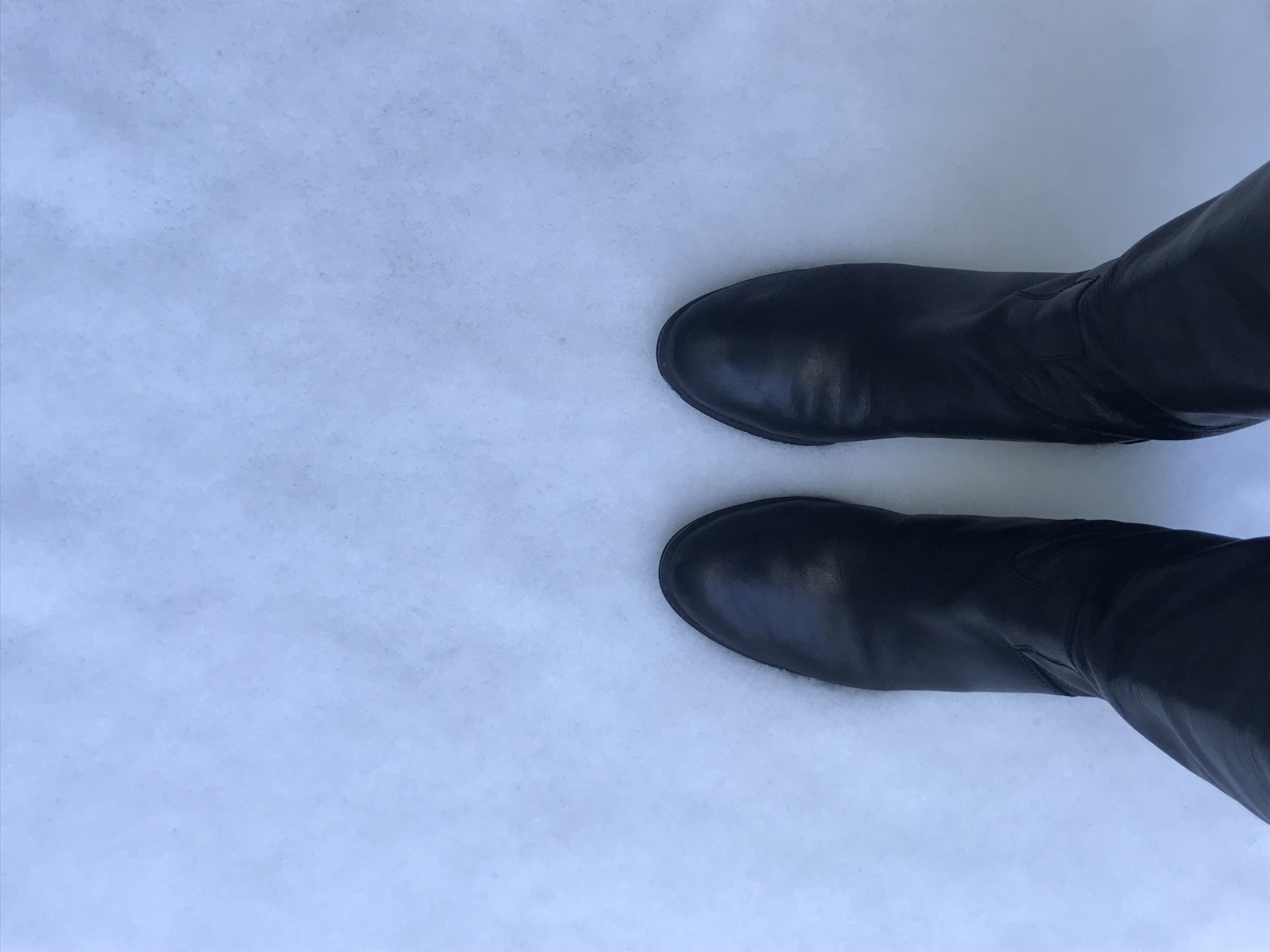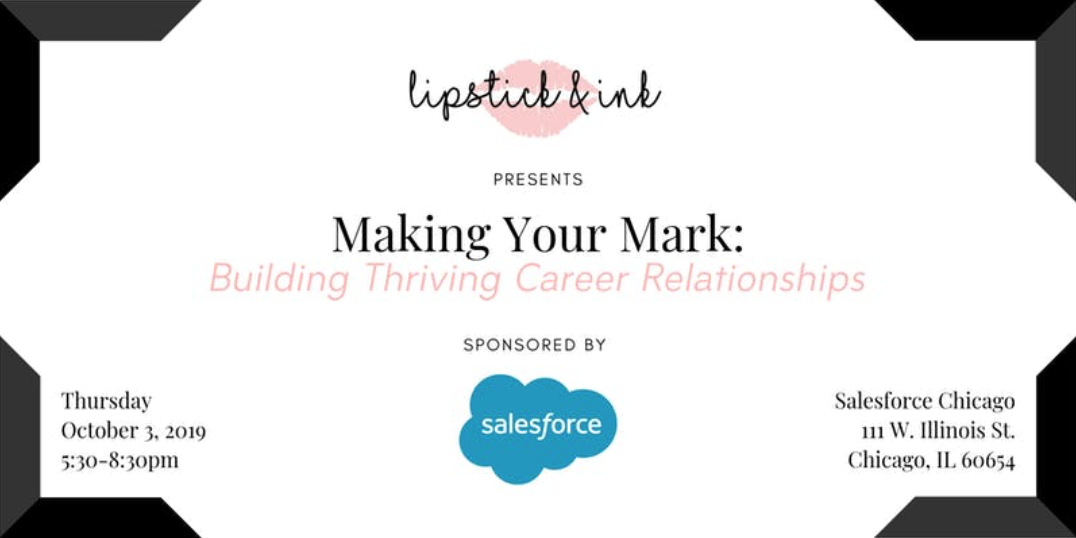So we’ve found ourselves with another infamous annual Tax Day upon us in a few weeks. At the beginning of each new year, finances may be on our minds.
- How do we want to change our spending habits from the previous year’s?
- What are our financial goals for the upcoming year?
- Where can we save in small ways or big?
Many questions and thoughts are about our spending, but what about how our spending can help others? At the start of this year, my husband and I sat down to talk about our Giving Plan for the coming year. While I thought a “Giving Plan” was just a concept, turns out it’s a real thing that’s been written about before! The New York Times wrote about a Personal Charitable Giving Plan in time for Giving Tuesday (the Tuesday after Black Friday) in 2012. Other nonprofit blogs and websites also mention a similar concept.
What is a Giving Plan?
It’s a set of specific guidelines for supporting family and friends’ endeavors and causes that are important to us, as well as participating in activities that make an impact. It helps us focus where we’ll lend a hand financially, or with time, talent, skillset, or energy, to help others and guides us to maintain focus and stay on track if we find ourselves overextending throughout the year.
Here’s how we worked it:
Questions to Ask When Creating a Giving Plan
These topics guided our conversation:
- What does “giving” mean to us? For some, it may mean using our strengths to help others, financially supporting those who ask for a donation in support of an event or cause, and leaving the world a better place.
- What do we have that we can give to help others? Whether household items or clothing in good condition we no longer have use or room for for donations, skills, interests, or an hour a week, we can all give!
- How do we want to give? Such as: Time, donating items we don’t need, skills, hands-on volunteer projects, money.
- How much are we able to give comfortably of the above? How much time can we give without negatively impacting our jobs, families, friendships, health, or livelihood?
- When giving, what specific organizations or types of organizations will we give to? Do you love kids and connect with them? Try an organization for young ones! Do you love animals and want to help find them good homes? Do you connect with Seniors or have a health background? Use your strengths and areas you feel passionately about so you can help where it counts!
Why is Having a Giving Plan Helpful?
- Mutual Understanding. While we didn’t particularly need a Giving Plan in the past, as we approached our first year of marriage, this conversation and plan helped us understand each others’ values with respect to giving and our unique perspectives and experiences. It brought up values, causes important to our families, and where we’ve helped out in the past.
- Budgeting. Having an idea of financial amounts we would be able and comfortable giving to people or causes we might be in a position to help, allows us to budget and and stay on course. It also helps us know when to respectfully decline a request for donations if we’ve hit our limit or the cause isn’t in line with our focus.
- Leaving Room for Unexpected Need. While there are certainly areas we plan to support in the coming year, we know there will be events that occur, health challenges that come up, and extreme times of need. When we can help in these events, we will and we account for that in our plan.
- Record Keeping of Financial Donations for Tax Time. We create ways to file away or save donation receipts and each organization’s Tax ID (whether physical or in an email folder or secure digital folder) in a single spot for easy reference when tax time comes for tax deductions.
- Setting Goals and Focus. We decided to focus on three areas where we’d give time, skills, or financial support if we were in a position to do so. Some examples may be, educational, children’s, health, seniors’, religious, or industry-related causes. Choosing three helps us determine what’s in line with our giving goals for the year, and what may fall outside and therefore we may choose to help in creative ways by telling others about the cause or attending an event to cheer someone on. Setting goals and a few areas of giving also helped me set personal goals for the year that are tangible and create an impact that is not only visible, but lasting. For example, one of my educational giving goals for the year was to spend time volunteering and focusing on groups where I could use my career, education, and experience to benefit students. I’ve been able to do this in several environments and the mentoring support continues beyond the event itself into one-on-one conversations , including:
1. Year Up Chicago, a mentoring organization for young professionals looking to close the opportunity divide. Below is a photo of my mentee, Stefanie, receiving her program diploma. The graduation was an incredibly inspiring event, having witnessed the hard work participants took, along with other jobs and responsibilities, to advance their careers! If you’re looking to mentor young professionals looking for career guidance, visit the YearUp website to get involved! Learn more about my involvement here.

2. Loyola University Undergraduate Digital Marketing Classes. I was grateful for the opportunity to bring Digital Marketing concepts to the classroom and share knowledge about real world career experience and how to apply concepts in the business world. I’ve already been able to have one on one conversations as a result to help guide individual students who followed up after class to continue the conversation and mentorship.

3. Teaching 5th Grade Students to Code. I recently had the opportunity to help elementary school students learn to code by creating their own Google logo and create logic through games on the One Hour of Code website. I’m fortunate to work for a company that supports and encourages volunteering! Many of these students had never been to a corporate office and it was exciting to see them light up and think about working hard in school for a future career, possibly in tech!
4. General Assembly Chicago for professionals seeking career development through free panel sessions on Personal Branding and Digital Marketing. See below where, along with several successful professionals, we were able to provide advice and guidance on Personal Branding to help shape careers of 25-30 attendees in the room!

I had the privilege of also teaching Email Marketing to a group of career growers recently:

Hats off to this amazing group that gave their time, wisdom, and inspiring ideas to a room full of go-getter professionals on the Personal Branding panel recently! I’m honored to have been able to share some ideas that are fueling career growth, and giving in this way was a fun piece of our Giving Plan in action!

As we approach April, my annual giving plan is off to a great start and having a plan in place created the foundation for making an impact! One thing I find amazing about giving, is the residual impact after the actual moment of giving. For example, it’s been amazing to connect with students after teaching to continue the conversation and support their career through mentorship. It’s also incredible to hear success stories, and see how supporting medical causes results in research and positive outcomes. Next time you give, take a minute to notice the ripple effect you’ve had on a cause, community, or person.
Do you have a Giving Plan? What questions or considerations would you add to this list to help you help others this year?
Save










